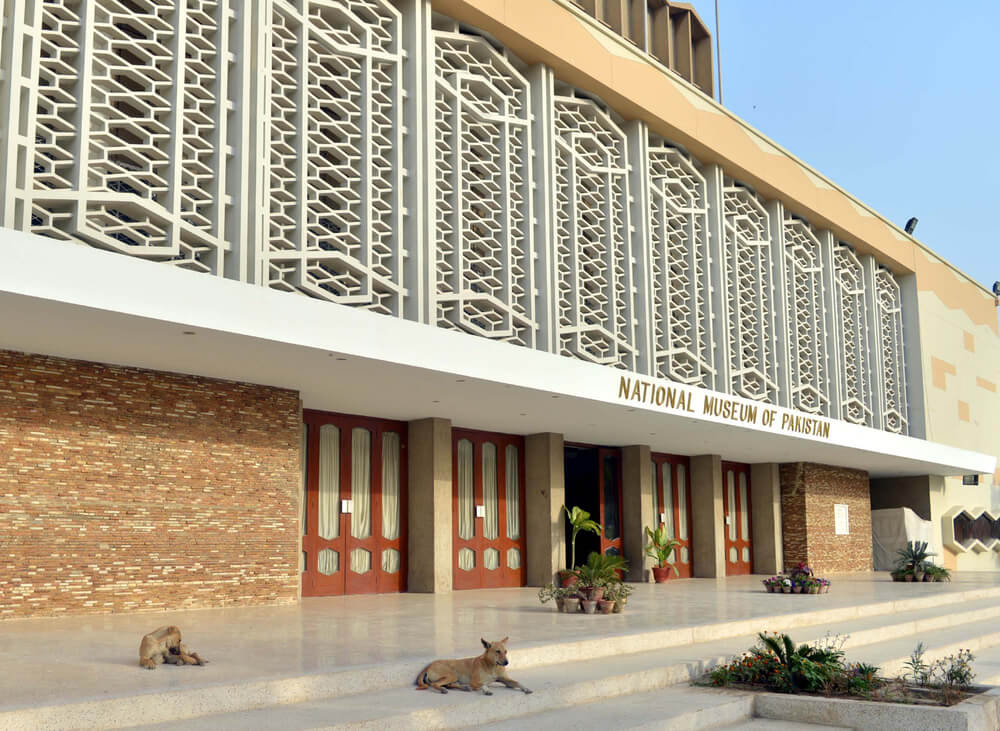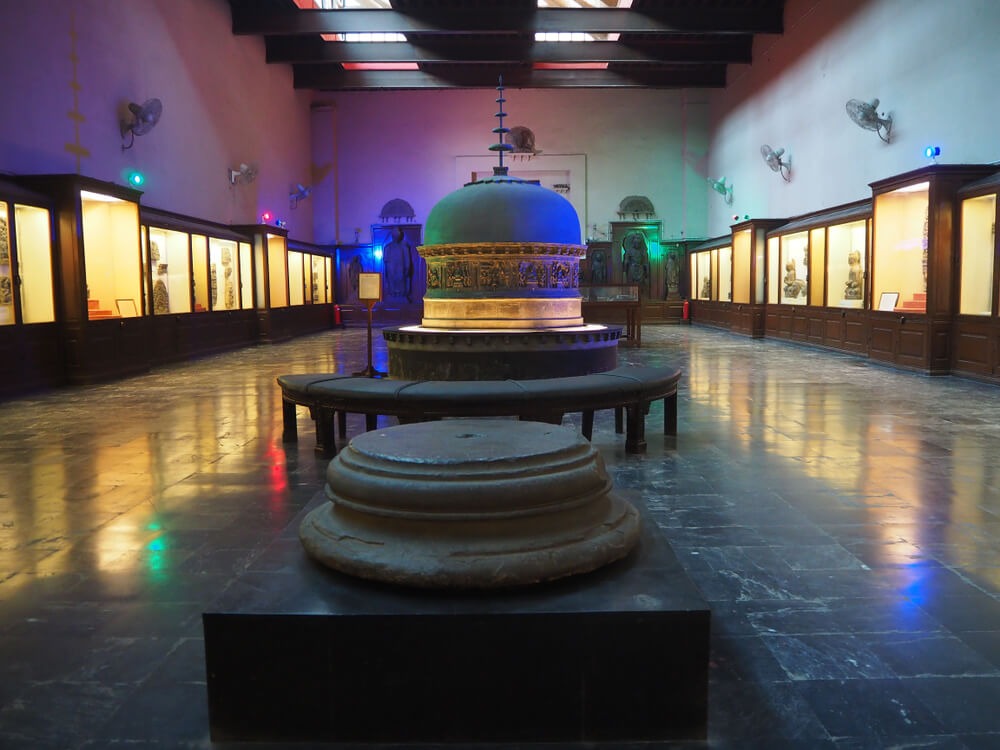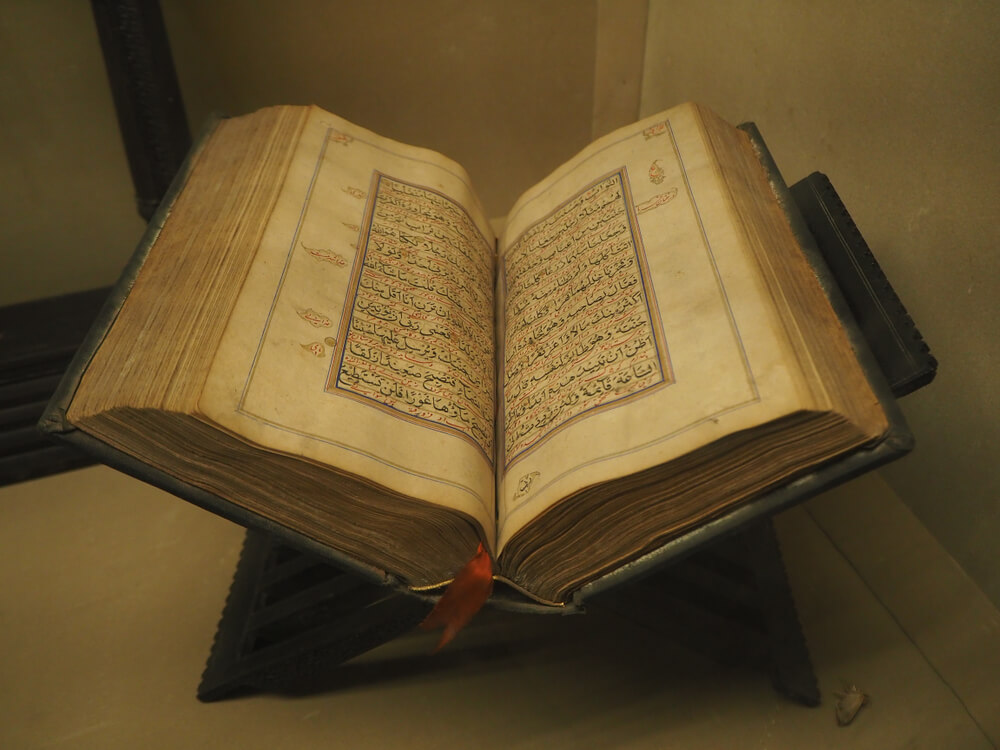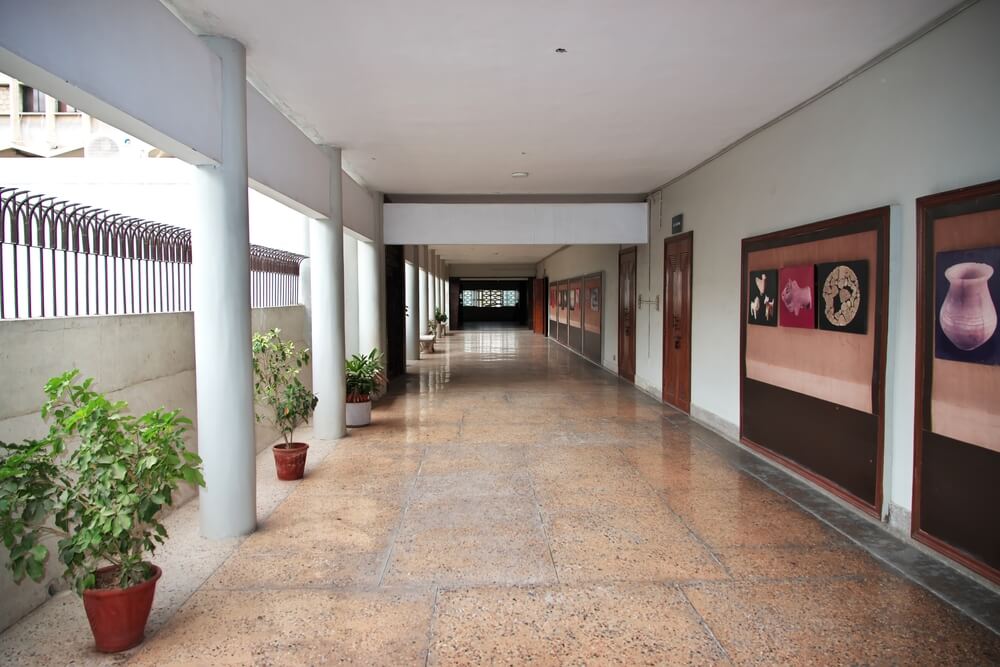National Museum of Pakistan
The National Museum of Pakistan, located in Karachi, is one of the most visited places in Pakistan. The museum covers a large area and has the most incredible collection of artifacts, paintings, sculptures, and artworks from around the world. Visitors can also watch films about monuments in the history of Pakistan or explore some displays featuring artifacts from ancient times to modern times. The main objectives of the National Museum in Karachi are to gather, preserve, research, and display the records of Pakistan’s cultural history and to foster an enlightened understanding of its people. It is one of the most famous museums in Pakistan.
History of the National Museum
The National Museum of Pakistan replaced the position of Karachi’s Victoria Museum. In 1865, the British government built Frere Hall to memorialize Sir Bartle Frere, a Commissioner of Sind. The National Museum of Pakistan opened its doors in Frere Hall in 1950. In 1950, after the museum opened in Frere Hall, the Pakistani government decided it would be appropriate to establish an advisory council. The council’s primary duty is to advise the museum on improving its collection by making new purchases and buying antiquities and art pieces. In 1970, the government relocated the museum to its current site. Here in Karachi, it is one of the most visited places among nationals and foreigners.

The Architecture of the National Museum of Pakistan
Alfredo Kotzian, an Italian architect, designed the National Museum’s building. The National Museum of Pakistan, Karachi, is a traditional Pakistani-style building with charm and beauty. It has a high and open lobby. The museum has two entrances—one directly across from DJ College and the other from Strachan Road.
The main entrance features a stunning arch with old Bhambore calligraphic tiles. The museum Lawn has two stunning stone-cut Buddha statues and calligraphy tiles.
Facilities and Services Offered by the National Museum of Pakistan
Students, academicians, and researchers at all levels can benefit from the resources available at the National Museum of Pakistan. There is a large auditorium with a seating capacity of 250 people in the National Museum. This auditorium conducts seminars, meetings, conferences, and other activities regularly. On National Days and other occasions, the National Museum hosts about a dozen exhibitions yearly. The National Museum also received some 70,000 publications, books, and other reading materials from the Archeology and Museums Department so that the researchers could benefit from them.
The National Museum also provides a committee room for the Institute of Pakistan Studies and research related to collections. A laboratory is equipped for students to carry out studies on the exhibits of the National Museum.
Attractions Offered By National Museum of Pakistan
National Museum Karachi offers many attractions for its visitors. It is a repository of important historical artifacts, archaeological relics, and other cultural heritage objects, accessible to researchers through its galleries and three sections: artifacts, education, and archaeology. There is a book shop for book lovers too.

Galleries in the Museum
There are eleven galleries in the six-story structure. The museum only had four galleries in 1970. It expanded over time, and now the building has eleven galleries, including a “Quran Gallery.” So, let’s explore the artifacts placed in each gallery.
Prehistoric
Are you interested in the history of humanity? The prehistoric Gallery in National Museum displays various relics of the past, including paleolithic and neolithic rocks and fossils. Displays include ancient hardwood and stone artifacts and objects made of wood, bone, iconic ivory statues, delicate flint tools, and fossils excavated from prehistoric cave systems. You’ll be amazed to see some priceless exhibits in this museum.

Proto Historic
The protohistoric gallery in the national museum is a unique place. The National Museum of Pakistan created it to show objects considered “a part of the archaeological culture.” A wide variety of things, including bronze sculptures and weapons, musical instruments, and art, is on display that highlights the technical aesthetics and historical significance of items belonging to protohistoric people.
Late Harappa
Late Harappa gallery in the national museum displays artifacts and sculptures from the Indus Valley Civilization, located in south Asia. These objects help us appreciate the lifestyle of people who lived in these ancient times.
The artifacts include pottery, tools, weapons, clay lamps, bangles, and ornaments. Their beauty, sophistication, and mystery have captivated us since their discovery. These artifacts have been preserved in the National Museum Karachi. These are sure to evoke curiosity in you.
Gandhara Gallery
Gandhara gallery displays various sculptures, artworks, and paintings of this region. Gandharan art is the art of the ancient kingdom of Gandhara, which flourished in the northwestern area of Pakistan.

Hindu Gallery
The Hindu gallery presents a unique look at the cultural heritage and traditions of Hindus. The gallery contains relics of ancient Hindu temples and other artifacts like sculptures, swords, helmets, ruins, manuscripts, and potteries from the old period. The Hindu community traces its roots in India, Pakistan, Fiji, and many other countries, a diverse religious unit numbering about 15 million people.
Quran Gallery
Quran gallery is the most unique and sacred gallery in the museum. This gallery displays up to 300 special, beautifully preserved, and rare manuscripts of the Holy Quran. Out of 300, up to 52 are rare handwritten copies. Some ancient manuscripts are in old Kufic and Bahr Arabic writing styles.
The writer’s name and publication date of the manuscripts are displayed. These manuscripts are of utmost importance for Muslims.
Coins Gallery
The coins gallery showcases ancient coins from the first to 5th century. It features an extensive collection of 58,000 coins of historical significance. You will be amazed to notice the legend and inscription of the coins, which is undoubtedly commendable. Thousands of coins made of gold, silver, and platinum are displayed, which depict various dynasties, including the Mughal, Ghaznavids, The First Muslim dynasty, and the Sultans of Delhi. There is an immense attraction present in every gallery for history-loving people.
Freedom Movement Gallery
Pens, handcuffs, automobiles, a sword, Allama Iqbal’s chair, and Liaquat Ali Khan’s walking stick are the items displayed in the freedom movement gallery. A selection of vintage images of some of the politician’s young supporters of Pakistani independence is also on display in this gallery. News reports from the War for Independence are also on display in a window of the museum.
Ethnology Gallery
There are life-size statues of various ethnic groups representing the four provinces of modern Pakistan in the Ethnological Gallery. It contains many articles like paintings, clothes, jewelry, sculptures, and icons from all regions of Pakistan.
Islamic Gallery
The museum showcases an introduction to Islam’s history, culture, and heritage, focusing on Pakistan and its neighboring Islamic countries such as Iran, Afghanistan, Central Asia, and Turkey.
Islamic Arts and Crafts
Islamic Arts and Crafts in the national museum Karachi displays a rich collection of Islamic artifacts. It includes different kinds of handicrafts, pottery, metal works, and jewelry of Muslim and Mughal influence. A visit to the Islamic Arts and Craft Gallery in National Museum, Karachi, should be on your itinerary if you have a soft spot for Islamic heritage and culture.
Book Shop
The bookshop at the main entrance is a great facility provided by the National Museum. It houses books, rare manuscripts, and publications related to history, archaeology, and museology.
National Museum of Pakistan Ticket Price
Being one of the most affordable and worth-visiting museums in Pakistan, the ticket prices of the National Museum of Pakistan are as follows:
For Adults: Rs.20/-
For children: Rs.10/-
For foreign visitors: Rs.300/-
Students and researchers are free to enter.
Entry to the museum is through the main gate. Prices are kept very low, so everyone can explore the largest museum in Pakistan and benefit from the vast collection of historical and cultural artifacts.
National Museum of Pakistan Timings
This promising tourist attraction is open to the public and foreign tourists on all six days of the week except for Wednesday. The timings of the museum are very flexible. Visiting hours are 9:00 AM to 5:00 PM except for Wednesday which is an off day.
Location & Contact Info
Located in the heart of Karachi city of Pakistan, it is the most easily accessible location in Karachi. It stands in Shahrah-e-Kemal Ataturk, Saddar Karachi, Karachi City, Sindh Province of Pakistan. The fastest route to reach the National Museum is through New M.A Jinnah Road, if you are travelling from Gulshan-e-Iqbal, Nazimabad and Gulistan-e-Jauhar. however, if you are traveling from DHA and Clifton, you can take the route of Dr. Ziauddin Ahmed Road, near Burns Garden, to reach this historical landmark.
Moreover, If you want additional information about the museum, contact (021) 99212839.
FAQs
Why is the National Museum of Pakistan famous?
The National Museum of Pakistan is famous for its vast collection of oldest artifacts and well-preserved sculptures. It showcases Pakistan’s historical and cultural heritage in the most spectacular ways. It displays some of the oldest relics and antique objects depicting the time of Pakistan’s history from ancient times to the establishment of Pakistan. The museum is a treasure box containing paintings, statues, and artifacts of different religions and eras. Every year, a dozen national events, expeditions, and festivals are organized in the museum, attracting a large crowd.
Who designed the National Museum of Pakistan?
Established in 1951, the old building of the National Museum was in Frere Hall in Karachi. Realizing its historical significance, the government shifted the museum to its new Building in Burns Garden in 1969. Alfredo Kotzian, a famous Italian architect of that time, designed the new building of the National Museum. President Ayub Khan inaugurated the National Museum in 1970.
Where is the largest museum in Pakistan?
National Museum Karachi has the privilege of being the largest museum in Pakistan. Located in Karachi, on Dr. Ziauddin Ahmed Road, it houses the Largest collection of historical relics and well-preserved statues, including that of the Priest-King of the Indus valley civilization.
Conclusion
The National Museum of Pakistan is undoubtedly the most exciting place for people passionate about historical and archaeological details. All the galleries offer something unique and enthusiastic, including a collection of 58,000 old coins, 300 copies of the Holy Quran, 50,000 rare pictures of Pakistan, and many more. It is must place to visit if you are a historical buff. The visit will be worth your time. Owing to its extensive and rare historical and artistic collection, thousands of local and international tourists visit this historical landmark from all over the globe.
